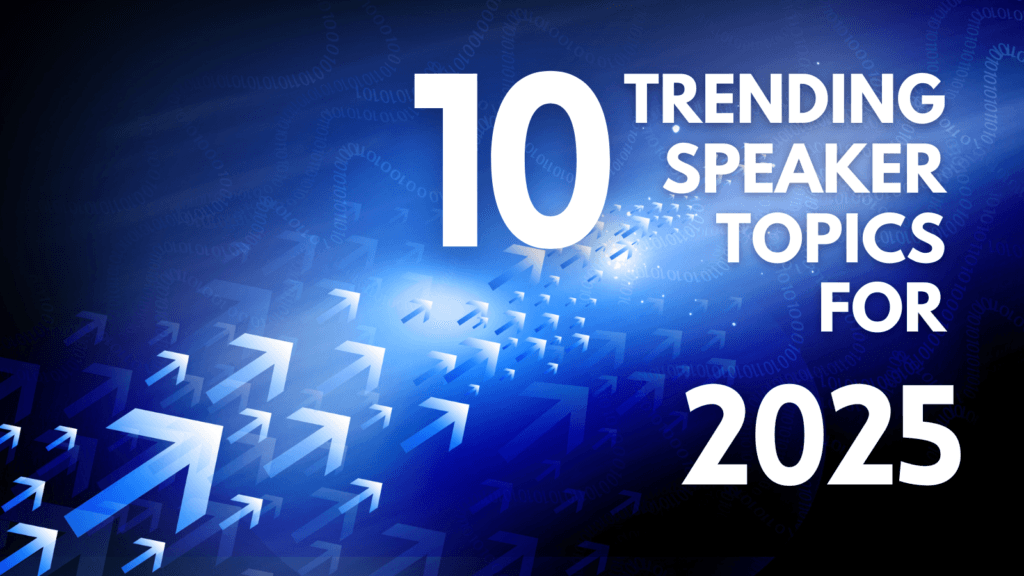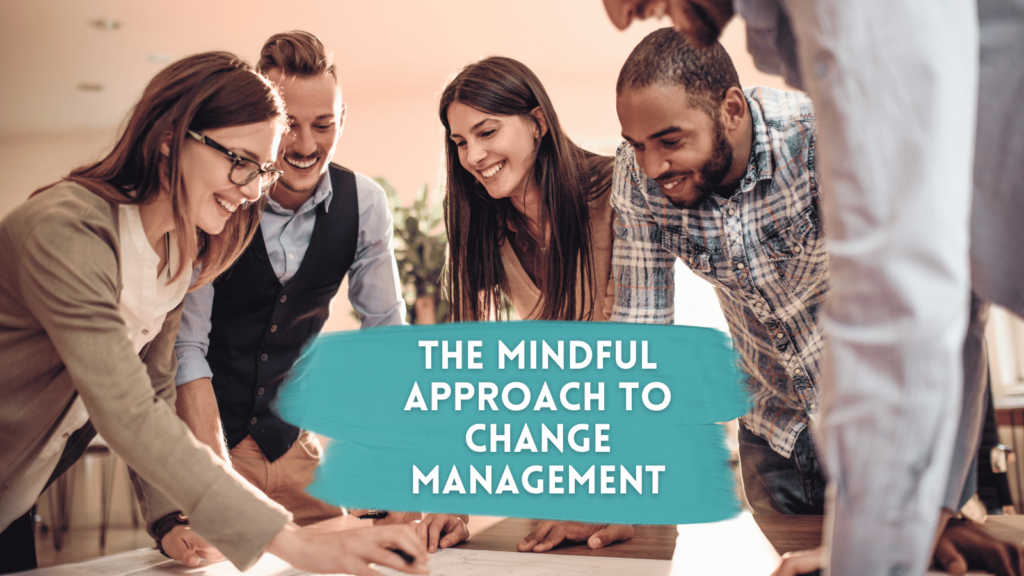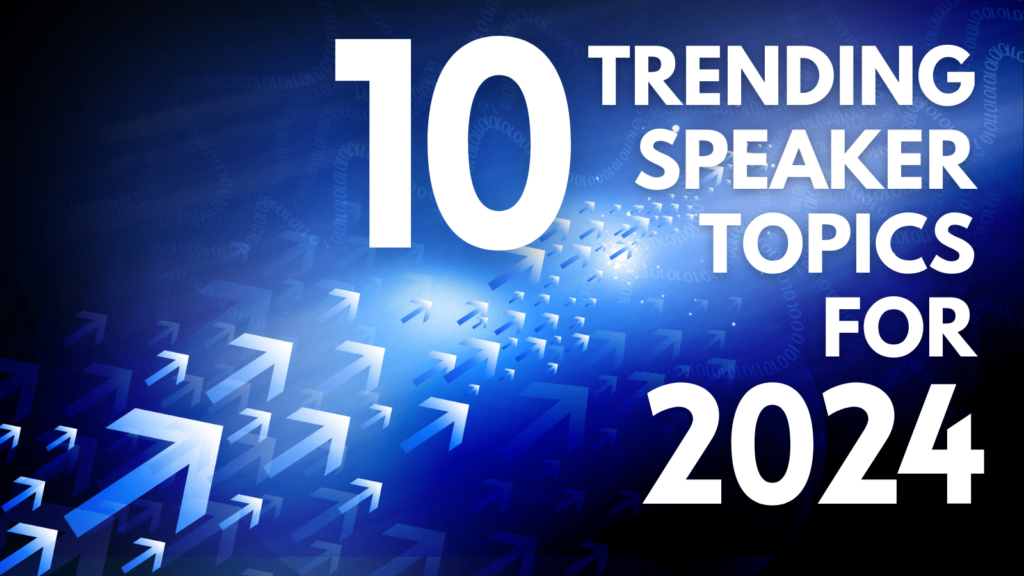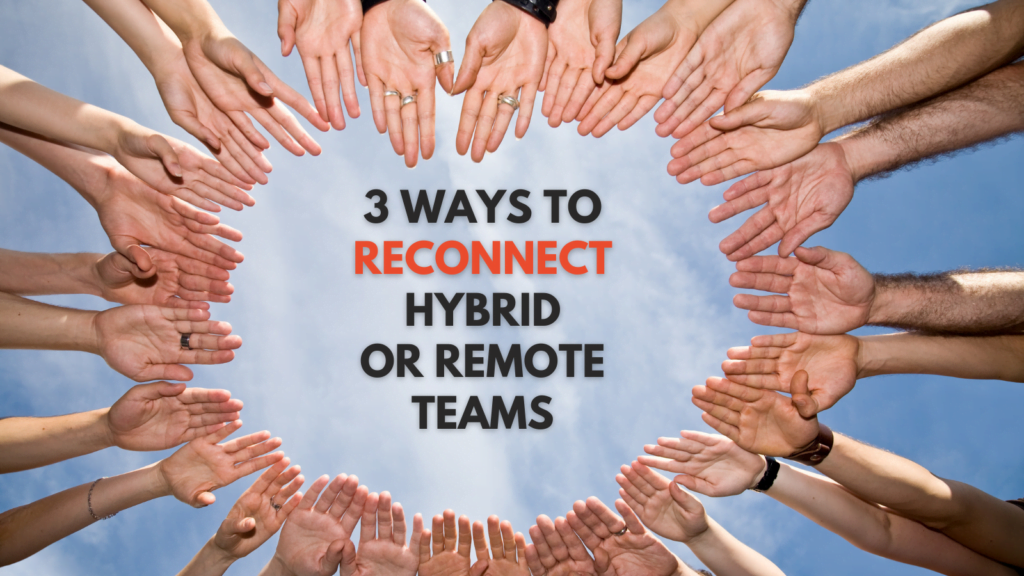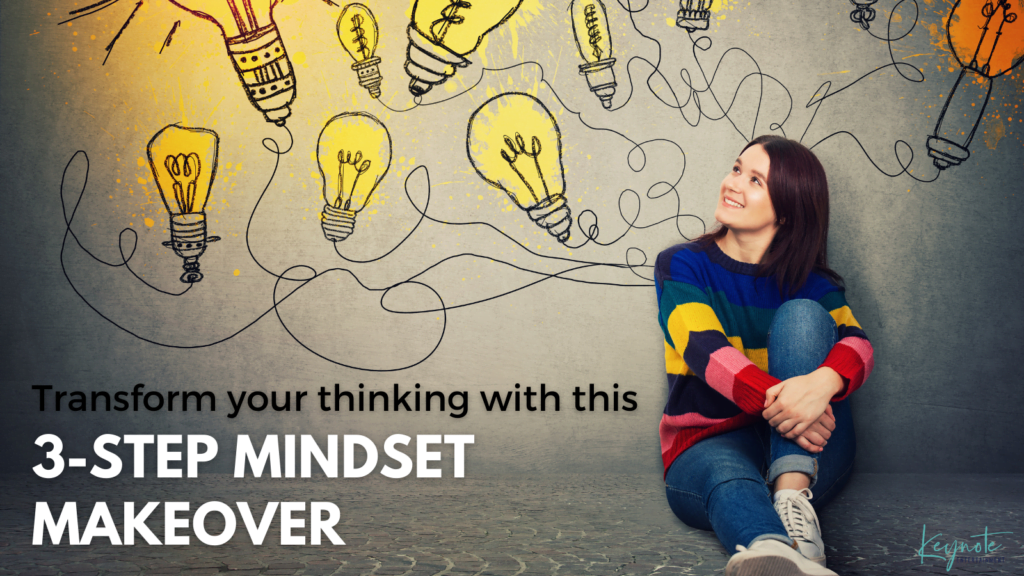Turbocharge 2025 With A Team Planning Day
Imagine setting off on a cross-country road trip without a map or GPS. You might eventually reach your destination, but the journey would be filled with detours, setbacks and missed opportunities. That’s the risk your business takes when it doesn’t dedicate time for a team planning day! Given the speed of today’s business environment, it’s …
Continue reading “Turbocharge 2025 With A Team Planning Day”

